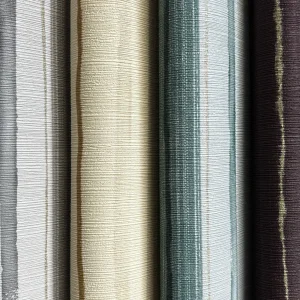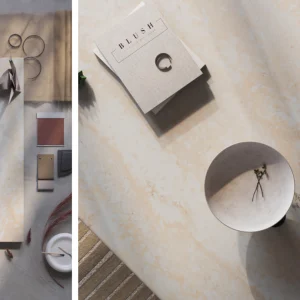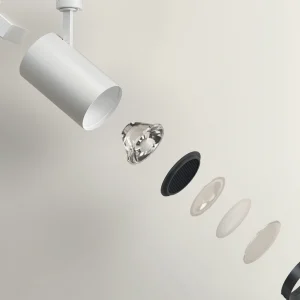The house was designed with a 100-year old Douglas Fir beams reclaimed from a series of burned down warehouses. The beams were of different lengths and cross sectional dimensions, and had proportions ranging in length from 20 meters to 90 cm in depth.
A notable aspect of the design is that the corners can be completely opened up to the surrounding garden by pushing back glazed concertina doors. Bent steel columns inset the structural support, further blurring the boundaries between living spaces and the garden.
The design did not manipulate the beams. Arbel devised a triangular geometry that accommodated the tremendous variety in dimension. The wood triangular frames made of reclaimed beams were folded to create roof which would act as a secondary and habitable landscape. This was done to drape the artificial landscape over the gentle slope of the site. Folds were manipulated to create implicit and explicit relationships between indoor and outdoor space, such that every interior room had a corresponding exterior room.





